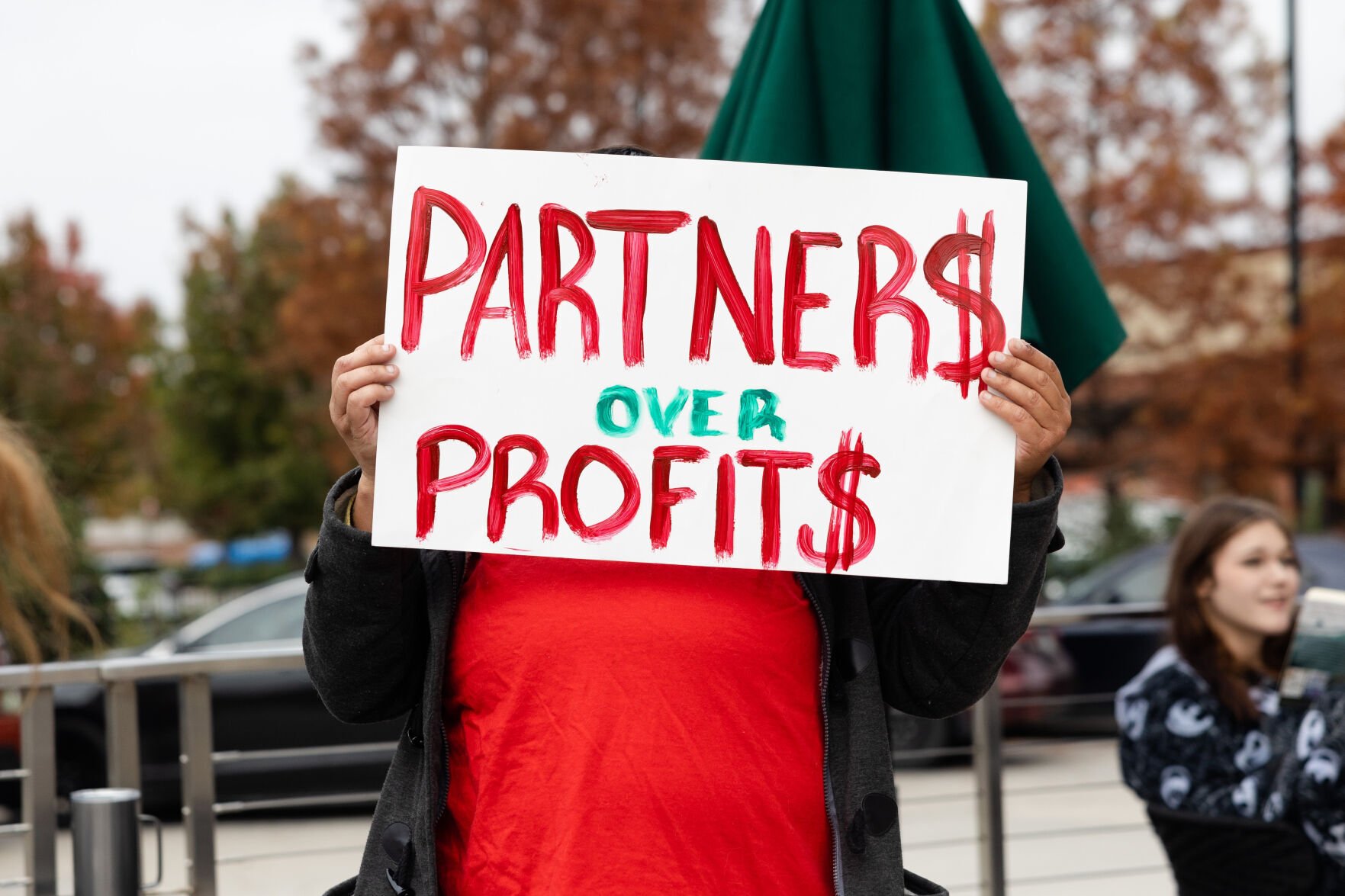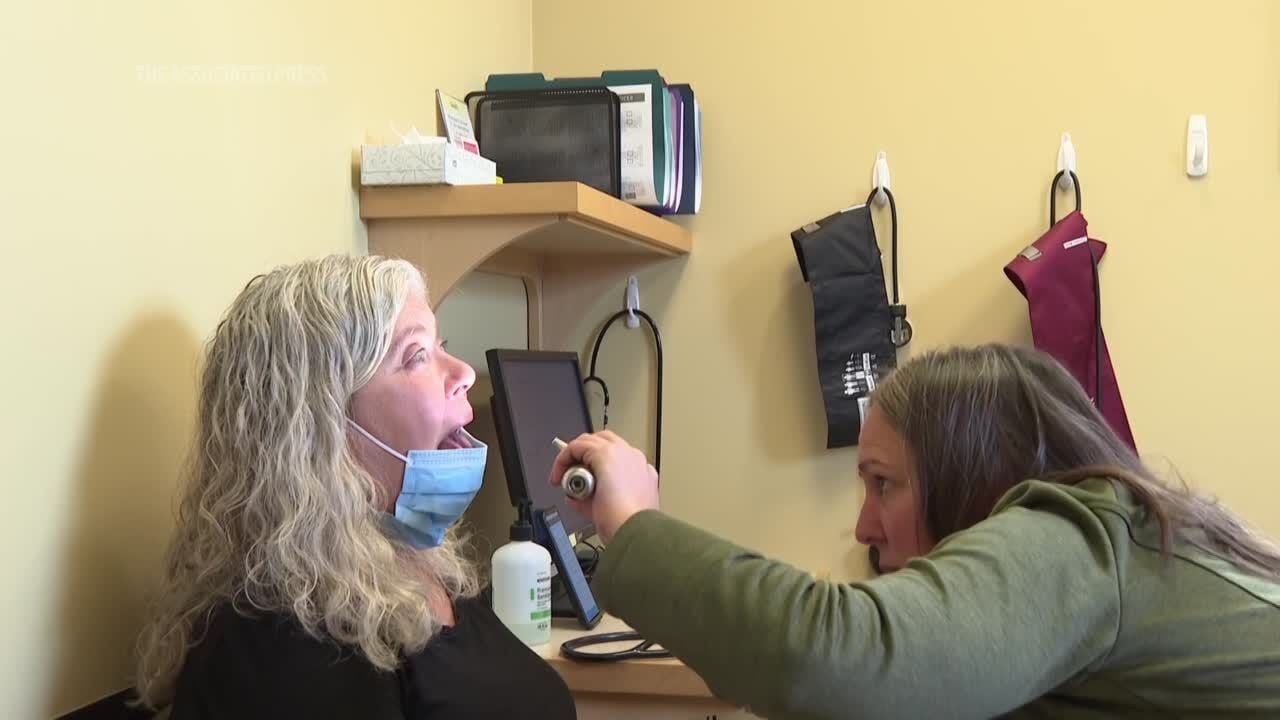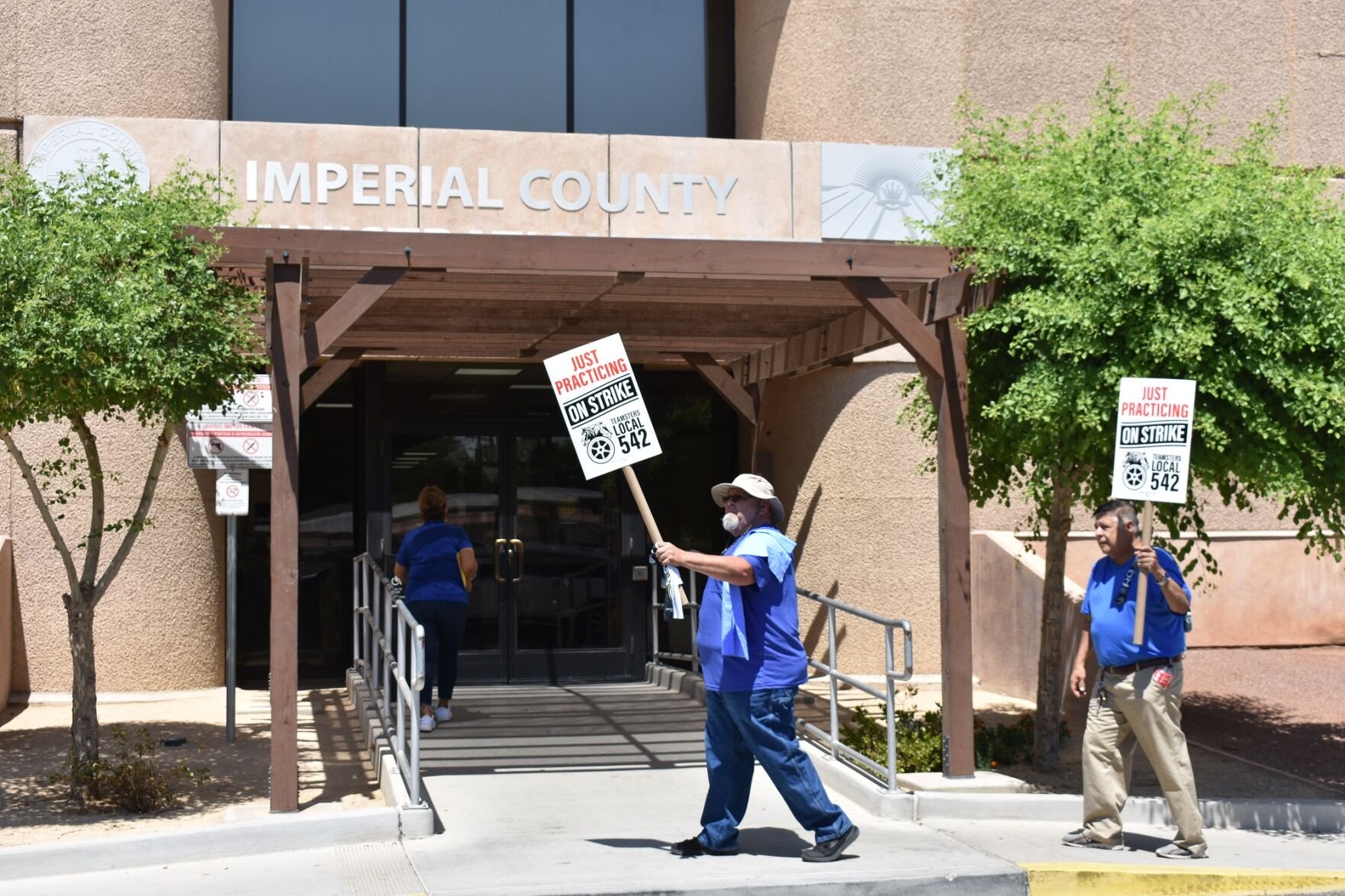Over 400,000 people were evacuated, and at least three fatalities were confirmed as a severe tropical storm swept across the Philippines. The nation is still grappling with the aftermath of Super Typhoon Ragasa, adding urgency to the ongoing relief efforts.
400,000 evacuated, 3 dead as fresh storm batters Philippines
Key Takeaways:
- Around 400,000 people evacuated from threatened areas
- At least three deaths confirmed amid the severe tropical storm
- The country is dealing with lingering effects of Super Typhoon Ragasa
- Local authorities have taken swift action to manage the crisis
- Environmental vulnerability remains a pressing concern
Impact of the Storm
A severe tropical storm battered the Philippines, prompting the evacuation of an estimated 400,000 residents from potentially vulnerable regions. Authorities confirmed at least three deaths on Friday as the storm made its way through areas still recovering from the destructive impact of Super Typhoon Ragasa.
Aftermath of Super Typhoon Ragasa
The new storm comes swiftly on the heels of Super Typhoon Ragasa, whose effects continue to strain the country’s resources. While local officials have been swift to respond, the lingering damage from the earlier typhoon complicates rescue and recovery efforts.
Government and Community Response
Local and national authorities coordinated extensive evacuation procedures, focusing on regions at highest risk of flooding and landslides. Relief organizations mobilized resources to assist evacuees housed in temporary shelters. One official commented that ensuring the safety of displaced families remains the immediate priority.
Looking Ahead
As the severe tropical storm continues to affect the Philippines, officials warn that further weather patterns could pose additional challenges. In the meantime, emergency services remain on high alert, prepared to respond as conditions evolve. With the country still feeling the effects of Super Typhoon Ragasa, rebuilding efforts will require long-term dedication from both the government and local communities.











